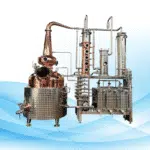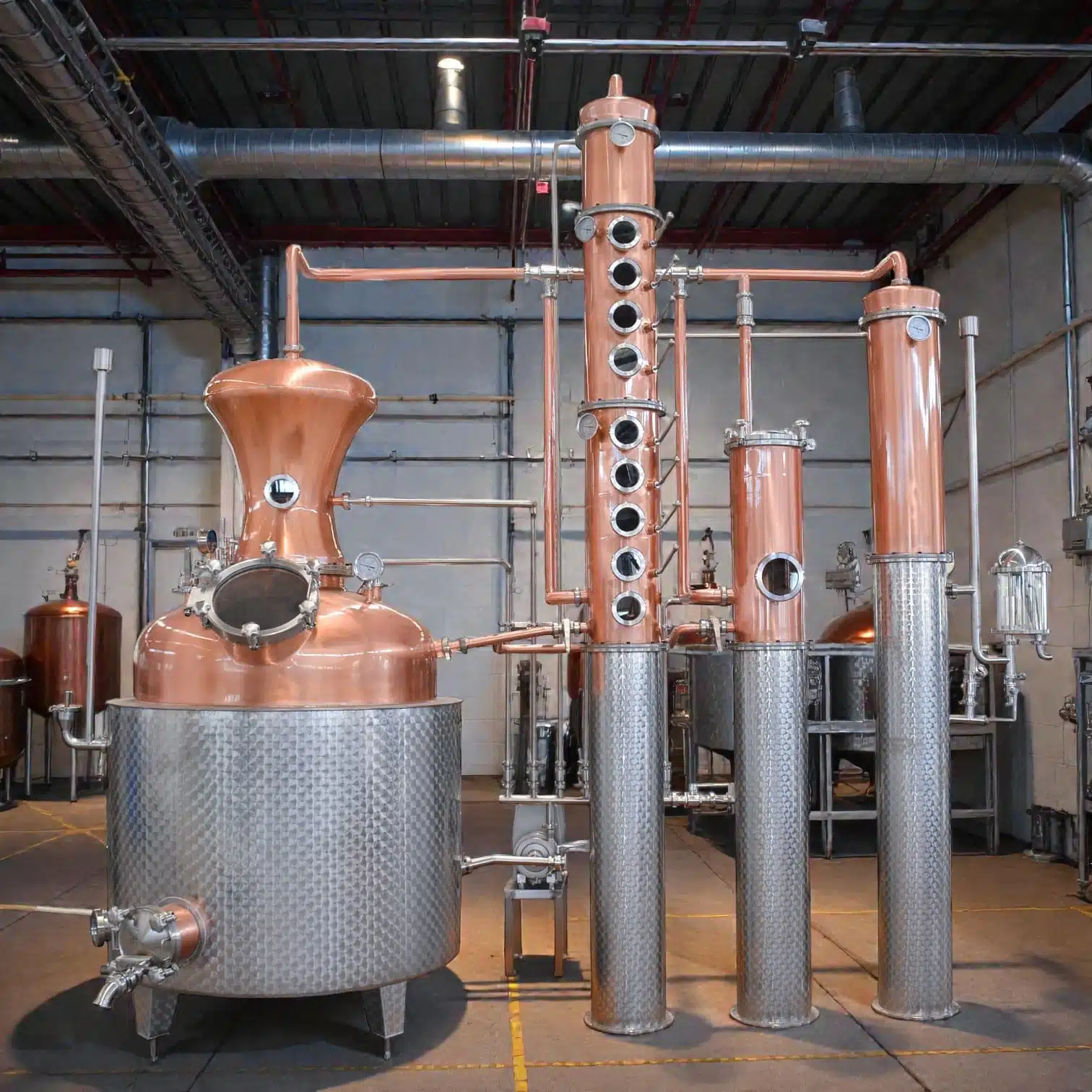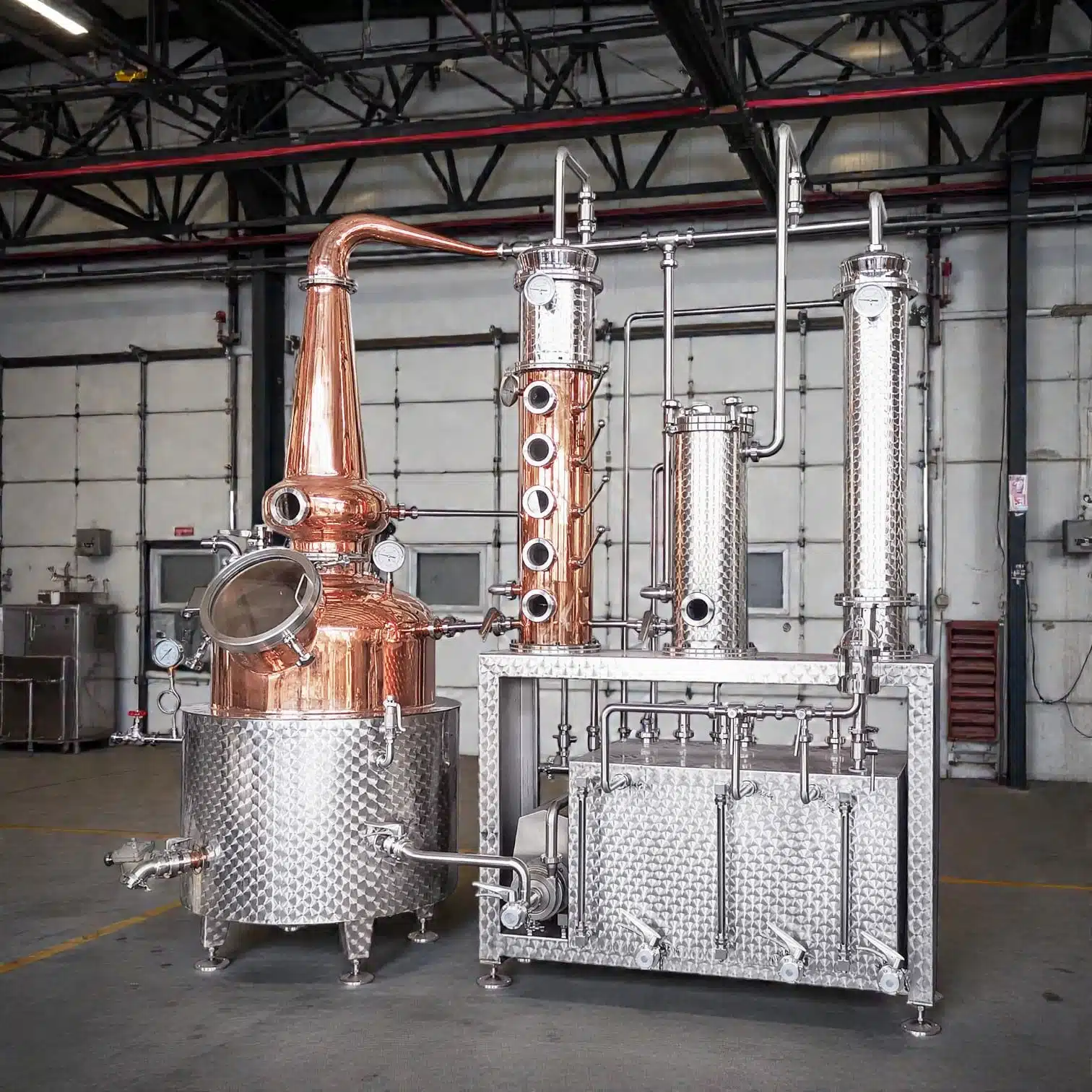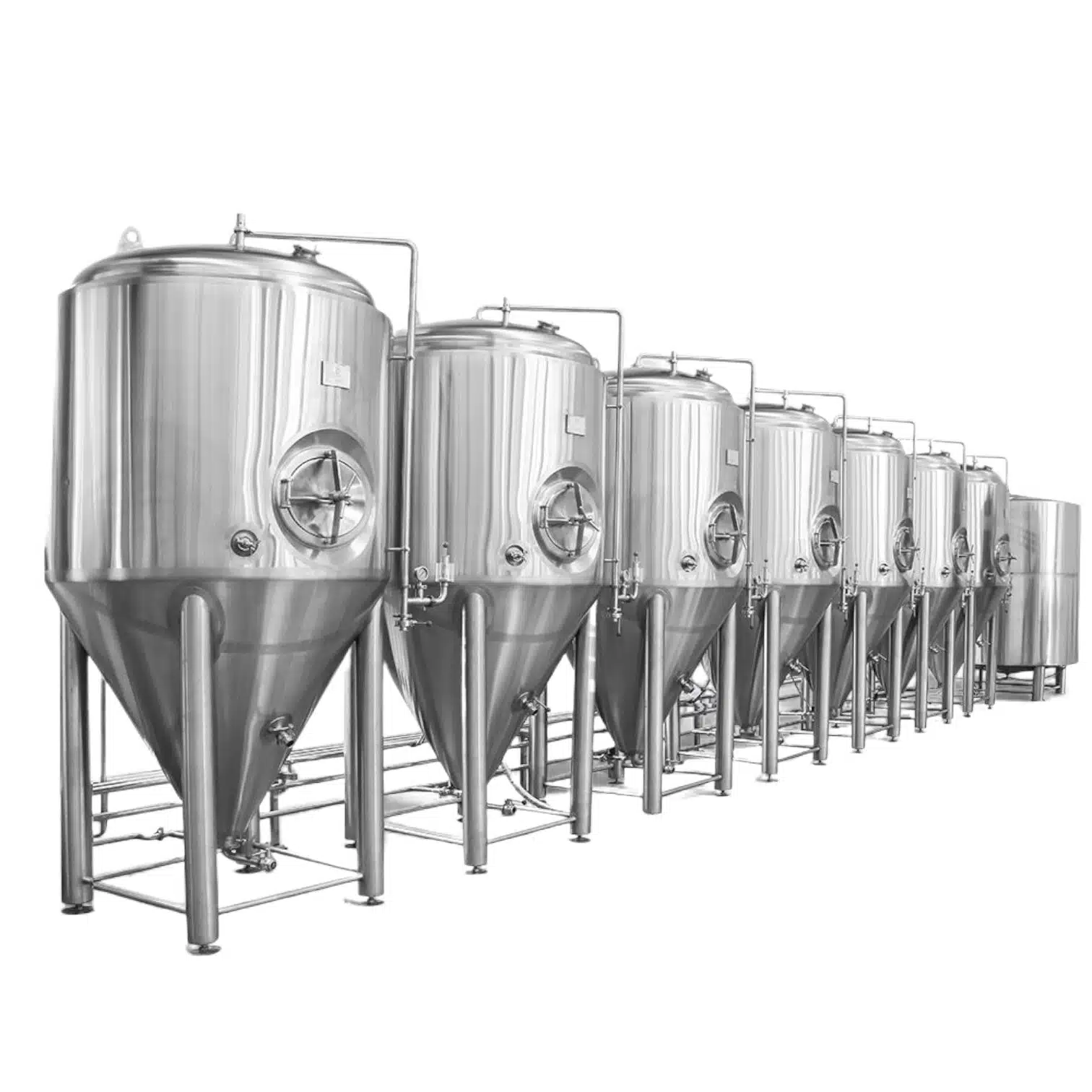When it comes to the mixing of various types of materials in industries, a mixing tank comes in handy. This facilitates the use of containers that can mix gases, liquids, or solids and produce a uniform end result. Their ability to mix bulk quantity materials has led to a lot of use in the food and beverage, pharmaceuticals, chemicals, as well as cosmetic industries.
Mixing tanks, as such, come in different kinds, and sizes, materials, and configuration, therefore the application is quite specific. They normally incorporate a turbine or the like device to promote and improve the mixing process. With the right mixing tank, companies are likely to improve productivity, quality or both.
Types of Mixing Tanks
Stainless Steel Mixing Tank
For example, in the food industry or pharmaceutical industries, due to the need for sanitational preference, a mixing tank of stainless steel is preferable. Because of its high strength and easy to disinfect, rust resistance plus the ability to withstand highly aggressive processes.
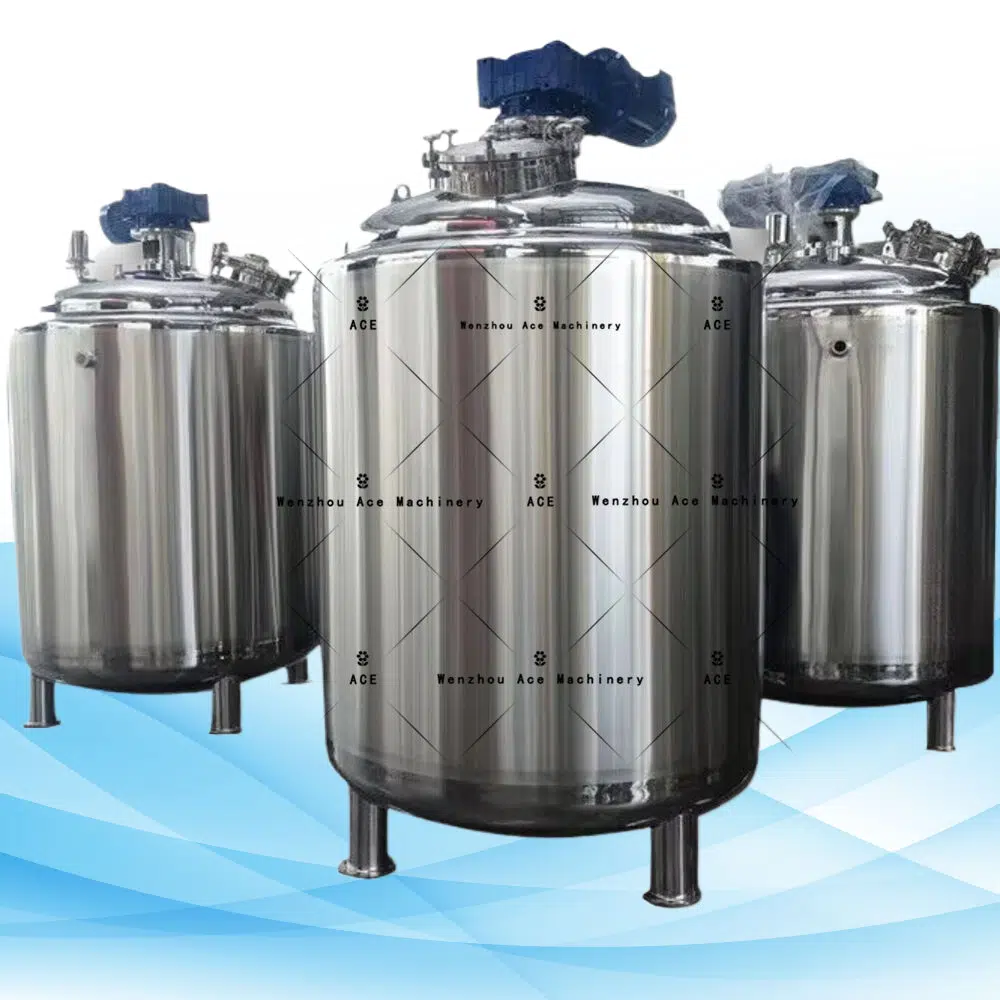
Plastic Mixing Tank
The construction of a plastic mixing tank allows to use a cheap and very easy to carry solution for the mixing of chemicals and other non-corrosive liquids. The application of these tanks is widespread in industries where economy and material compatibility is important. It can be said that although the strength of plastic materials is not at the same level with stainless steel, their flexible applications can be realized owing to their excellent chemical resistance.
Jacketed Mixing Tank
The jacketed mixing tank heat control method consists of two or more walls forming the vessel or a wall with a jacket surrounding the outer portion of the vessel and thermally contacting the contents thereof. These vessels are especially suitable for processing stages with heating or cooling, for example in food or, pharmaceutical industries. In the case when mixing is performed, the manufacturers are capable of controlling the temperate at designated levels by injecting or applying hot or cold liquids through the jacket.
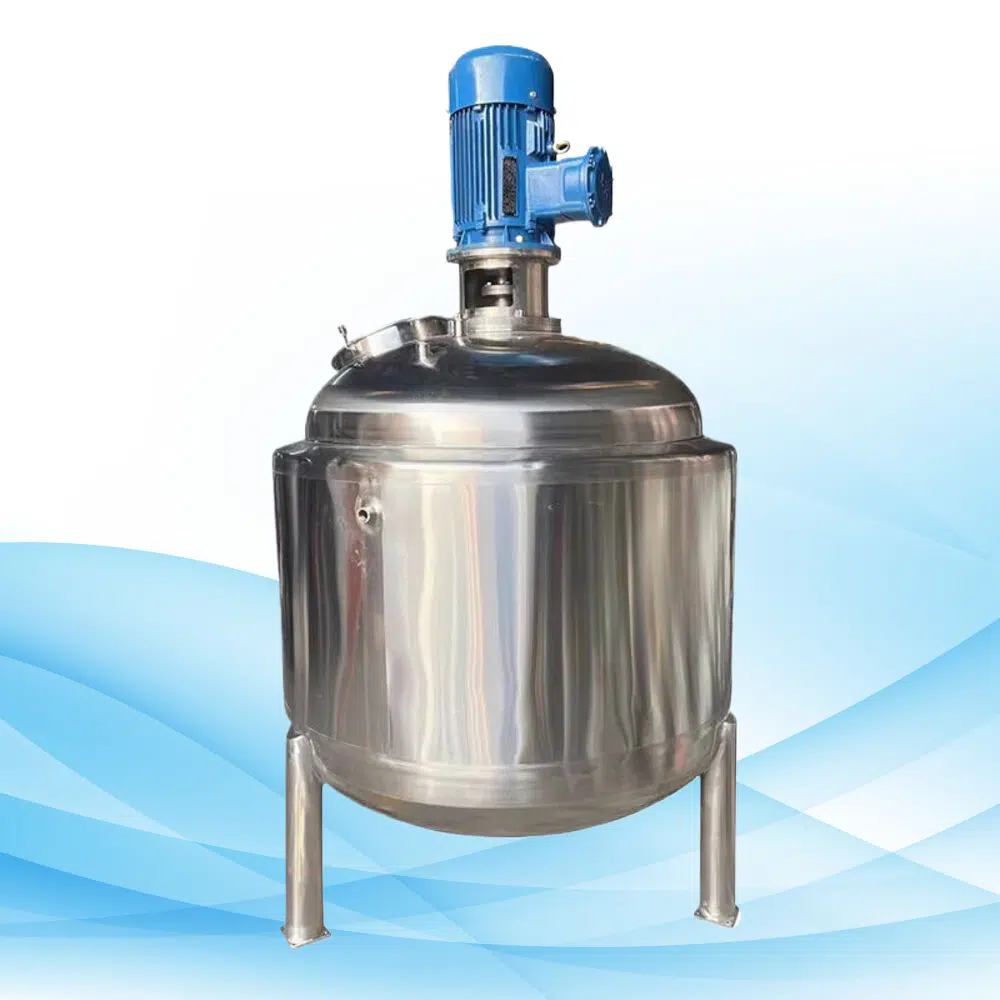
Essential Features of a Mixing Tank
Agitators and Mixers
The element located within the intermediate level of the mixing tank which assists in carrying out the mixing operation is referred to as an agitator or a mixer. It aids in the mixing of tank materials and produces motions which promote even distribution of the deposited substances within the tank. Some of the different types of agitators include propellers, turbines and paddles which are all configured to perform distinct mixing functions.
Baffles
Baffles are structural components positioned in the interior of a mixing tank meant to enhance the distribution of materials. The utility of baffles is further described as limiting the rotary motion of materials across the sphere in a bid to promote mixing processes. This distributes the concentration of all materials across the entire volume of the tank while inhibiting excessive rotation of the rod.
Tank Design and Geometry
It may be contended that a coupling tank is an important coupling component, but likewise it is a linkage of the whole system designed in a way that there are several designing elements that impact on how efficacious the mixing process is. The design and dimensions of such characteristics extend to the shape of the tank, its height-to-diameter ratio, and other features that may be internally present. Increasing the possibility of an effective mixing in a given tank by modifying its geometry to fit the materials’ type and the mixing method being used is another way of enhancing its efficiency.
Applications of Mixing Tanks Across Different Sectors
Food and Beverages
Within the food and beverage industry, mixing tanks are used in such processes as the matrix of the raw material and the preparation of sub-homogeneous liquid masses out of raw material as well as in achieving specific viscosities in final products such as sauces, drinks, dairy products, and others. In this case, the most popular are stainless steel mixing tanks, which help in avoiding contaminations of the contents. The catering industry has incorporated Suzuki mixing tanks as well to ensure proper control in speeds of mixing and temperature during the mixing of materials. These two factors determine the overall quality of the products as well as the taste.
Pharmaceutical Industry
The pharmaceutical industry has mixing tanks as predominant equipment in the processes of manufacturing drugs, vaccines and other related products in the pharmaceutical industry. These tanks are used in the preparation of active pharmaceutical ingredients (API) mixtures by incorporating other chemicals to promote adequate homogenization and stabilization of the mixture. This industrial sector is characterized by extreme demands; therefore, any other mixing tanks in these sectors incorporate advanced control of such parameters as temperature, pressure as well as the mixing rate as standard. Moreover, due to risk of contamination, it is common to see stainless steel containers since they can be cleaned and sanitized easily and therefore remain aseptic.
Chemical Industry
Mixing tanks are particularly useful in the chemical industry in the production of other compounds including solvents, paints, adhesives, and also in many other manufacturing processes. Considering the fact that the materials used may be active or toxic, chemical mixing tanks should be made of materials that are non-corrosive and chemically resistant. In this area, tanks are made capable of withstanding high temperatures and pressure and still, mix without compromising on the safety of the process.
Mixing Tanks – Benefits in Application
Improved Product Consistency
As mixing tanks can provide positive recreational facilities for different factories, consistency in product quality is one of the benefits that can accrue. For any organization dealing with foods, pharmaceuticals, or chemicals, an even distribution of all ingredients is crucial. As mixing helps ensure a uniform texture, color, and composition of any product, the possibility of obtaining defective or unstandardized batches is minimized.
Efficient Mixing and Blending
Because mixing tanks are specifically made to blend diverse materials, blending is likely to be very efficient. The use of agitators, and the right configuration of tanks reduce mixing times, boosting production cycles. Such effectiveness does not only shorten mixing times but the energy consumption also in the mixing process, making it lucrative for producers.
Customization Options
Most mixing tanks manufacturers have built-in designs that can be altered to suit the needs, mixers used by the business. Modular features can include agitator types, tank size and materials, and other features such as heating jackets, cooling units and others. This way, companies can tailor their mixing strategy to the peculiarities of their operations.
Choosing the Right Mixing Tank
Tank Size and Capacity
Choosing the mixing tank also involves a variety of considerations with the most important being the right tank size and volume. Size should be determined by batch size in such a way as to ensure that the tank is neither too full, too flooded nor too dry to mix such that there is not enough material for mixing. Bigger tanks may be needed for mass industrial production while smaller tanks would suffice for pilot production runs or test units.
Material Compatibility
Material compatibility is however equally important when deciding on a mixing tank. The construction materials of the tanks, as in the case of stainless steel or plastics should be appropriate with the type of materials being mixed. For example, aggressive acids must be stored in tanks made of non-reactive materials and food drugs industries must have inert non reactive and clean materials.
Mixing Speed and Power
Efficiency of Mixing powered by Agitators. Expectations on shape as well as the physical and operational properties of the heterogeneous materials to be mixed must be aligned with mixing requirements. In blending processes such, specialists resort to the use of high-speed mixers. Adjustable speed control is another great tool where the operator can vary mixing settings depending on the batch.
Comprehensive Inspection of the In-use Mixing Tanks

Janitorial Processes
In relation to the standards concerning the dressing of personnel, all techniques and operations which will be accomplished by the personnel should be provided with the basic requirements for their cleaning. Most often than not, in repercussions of the sizing of flour and other products, cleaning of reservoirs, gaskets and blades of the mixer assembling is done. Cleaning systems (CIP Cleaning in place – these are NOT the ones used for autos or for pouches.) are normally fitted on high the vessels to reduce mobility of xxx, protect the framework from damage and make the cleaning processes simpler.
Routine Maintenance as per Procedure Manual
It is important to maintain mix tanks periodically to minimize the risk of breakdown in or after the warranty period. The parts such as hoods covers, anvils, or other surfaces that come into contact with the agitator are best checked within the jigs from time to time. Maintenance should include the lubrication of cutting edges, realignment of housings and the ducerning of weak links. Regular periodic maintenance means efficiency and durability.
Common Issues and Troubleshooting Procedures of Mixing Tanks
The issues that are common to mixing tanks include the mechanical breakdown of the agitators, leaks from tank seals, and inadequate mixing. The importance of prompt action on these issues can hardly be overstated as these problems M if unchecked can lead to losses in production. In case agitation is not done properly, most probably, the amount of the agitation or the speed of the latter has to be altered and/or any obstructions are checked and/or the blades which are already used are changed with new ones. Leakage problems can also be resolved by using Gaskets or varying the pressure on the machine itself. Preventive maintenance checks also reduce the time wastage.
The Importance of Mixing Tanks in Process Optimization
Enhancing Productivity
Increased productivity can be said to result from the use of constructing mixing tanks which are properly done with no flaws and thus leading to process optimization. More output in lesser cycles is possible with quicker mixing. Productivity in terms of how quickly final product makes it onto the shelves can be optimized with advanced tanks that have automatic control of the mixing temperature and speed, thus reducing manual intervention.
Waste Control
Wastes are likely to be produced where mixing is not done properly. Poorly mixed materials are avoided with the use of mixing tanks that provide ideal mixes for different substances. The design of the Tank and its Agitation systems are optimal to enhance mixing power and eliminate dead area resulting to lower risks of batch rejections and waste.
Energy Saving Qualities
Efficiency is one of the most considerations of contemporary mixing tank designs. Effective agitators and the correct configuration of the tank reduce the amount of energy used while mixing. In addition, temperature controlled jacketed tanks reduce the need for constant heating or cooling, saving both energy and costs incurred during operations.
Custom Mixing Tanks: Solutions That Fit One’s Custom Requirements
Designs and Features
Custom mixing tanks specifically manufactured for certain industries provide the required solutions with tanks engineered to specific processing needs. Among many custom features in these special purpose tanks are the odd shapes, odd styles of agitators and the use of special materials to hold certain troublesome substances. For instance, industries processing very thick or highly viscous materials may need tanks with special mixers fitted for thick materials where straining the equipment would be undesirable.
Future Directions and Trends of Custom Mixing Tanks
The future of the custom mixing tanks from which the user can choose its shape as per their preference is very bright. In fact, future trends point out to the inclusion of smart technologies that will embed sensors which will automatically record the temperature, pH, viscosity among others continuously for as long as the mixing process is still on. Advances in material sciences may also lead to the development of stronger mixing tanks that can withstand complex corrosive mediums which will enhance the efficiency and expand the scope of custom mixing tanks.
Mixing Tanks- Frequently Asked Questions
Using a mixing tank, can one accomplish the requirements of high viscosity materials?
Yes, mixing tanks can be constructed for processing high viscosity material such as gels, pastes, and creams. Choosing the right mixer or agitator needs to be considered properly, for example, using helical mixers for thick materials. Considerations of power and speed are also crucial to the mixing process.
What safety measures may one take when using a mixing tank?
Mixing tanks should be used in moderation, as safety is key, especially to those who handle chemicals. The mixing tank must be covered and locked so as to avoid leaking fluids out of the tank through the mouth of the tank. Certain conditions such as the temperature or pressure within the tank should be kept under control. Other safety mechanisms like an emergency shut off should be available. Appropriate protective clothing must also be worn to safeguard the operator from chemical exposure.
In what way can a mixing tank be decontaminated in the most effective and the simplest way?
Cleaning methods vary for the tank design as well as the material used in processing. It is mandatory to clean tanks in the food as well as the pharmaceutical industries due to the nature of the products manufactured. Clean-In-Place (CIP) systems allow for the cleaning of the tank automatically without dismantling it. Without CIP, the internal surfaces, including the other parts of the tank like agitators, undergo scraping with appropriate cleaning agents on the outside for cleaning.
Are mixing tanks exclusively for cooling needs?
Incorrect, mixing tanks capable of being jacketed can be used for heating as well as cooling. The tank is encircled with hot or cold fluids circulated in the jacket, and this construction makes the tanks useful for temperature controlled processes in the food and pharmaceutical production industries.









